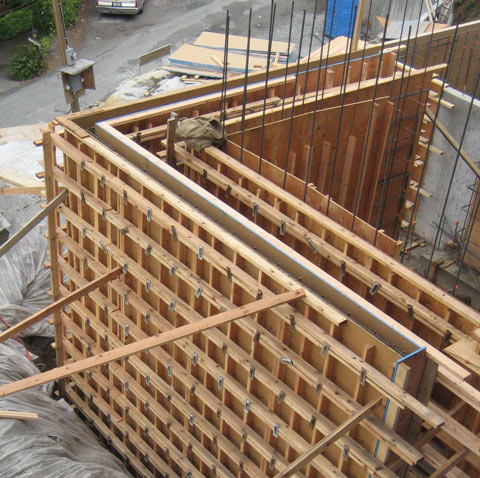The commercial buildings construction information formwork is a tender procedure that is required for the construction of standard office units and building units. It awards the contract to the most cost-effective contractor based on their supply chain and skill set. It usually calls for a mini-competition, in which all prime contractors bid for the contract.
Pre-construction meetings
Pre-construction meetings are an essential part of commercial construction projects. They can make the difference between a successful and delayed project. They involve representatives from the building owner, design and engineering team, general contractors, subcontractors and even manufacturers. These meetings provide a venue for reviewing architectural designs and discussing any questions or concerns.

The meeting can also cover issues related to quality, construction and administrative matters. The meeting should have a clear agenda. This will prevent wasted time and ensure that everyone involved is on the same page.
Survey staking
Survey staking is a key part of the building construction process. It helps the construction team create an accurate blueprint of the site. It also ensures that the vertical and horizontal measurements of the site are accurate. A surveyor will stake out points and mark them with an offset. This offset will prevent the site from being dug up at the staking point, and it will also help the builders understand where they need to start construction.
When the construction survey party is on site, they will rerun the survey lines and stakes in order to confirm the location of structures and grade. They will also take cross sections to measure the materials moved during construction. These parties must be able to communicate well with each other and have experience in the methods and equipment used. It is crucial that all members have the same knowledge and understanding of the process. Often, members of the survey team are separated by a large area, making it difficult to communicate the results of the survey accurately.
Cost estimation
Cost estimation for a commercial building construction framework requires a number of factors. The proposed gross area of the work, a history of similar projects, and other relevant information help in the analysis. The more projects in the same type and size can be referenced, the more accurate the cost estimation model will be. This approach also requires the use of “standard benchmarking,” a database of prior construction projects with similar characteristics and similar costs. This database can be used to create clusters and rankings for future estimates.
Cost estimation methods are classified into several categories based on their level of accuracy. This article will discuss the different types of construction cost estimation methodologies and how they compare to each other.
Change orders
A detailed change management process should be incorporated into a construction project’s design plan and procedures. It is also imperative that all parties involved understand what a change order is and how to handle it. Stakeholder meetings should be held regularly throughout the project. This includes the owner or client, the general contractor, and any subcontractors. Change orders should also be documented and approved in a timely manner. Whenever possible, a third party should review the documents to ensure they are correct and accurate.
Change orders are necessary in construction projects because changes in the original scope of work may be required. These changes may impact the quality of work or safety conditions. It is critical that changes are documented and that the project manager be aware of them. The contractor and subcontractors should be notified if they have to make a change.
Warranty period
Warranty periods are important elements of a commercial building construction framework. They protect both the buyer and seller from any financial or technical risk that could arise from a faulty project. In the construction industry, warranties may be either written into a contract or implied by statute. For purposes of this article, we’ll focus on the warranties written into the contract.
Commercial building construction involves a number of steps, including design, framing, foundation, and roofing. A contractor may include language in a construction contract that establishes a one-year warranty on all construction work. While this isn’t the industry standard, it does limit a contractor’s liability for faulty work.